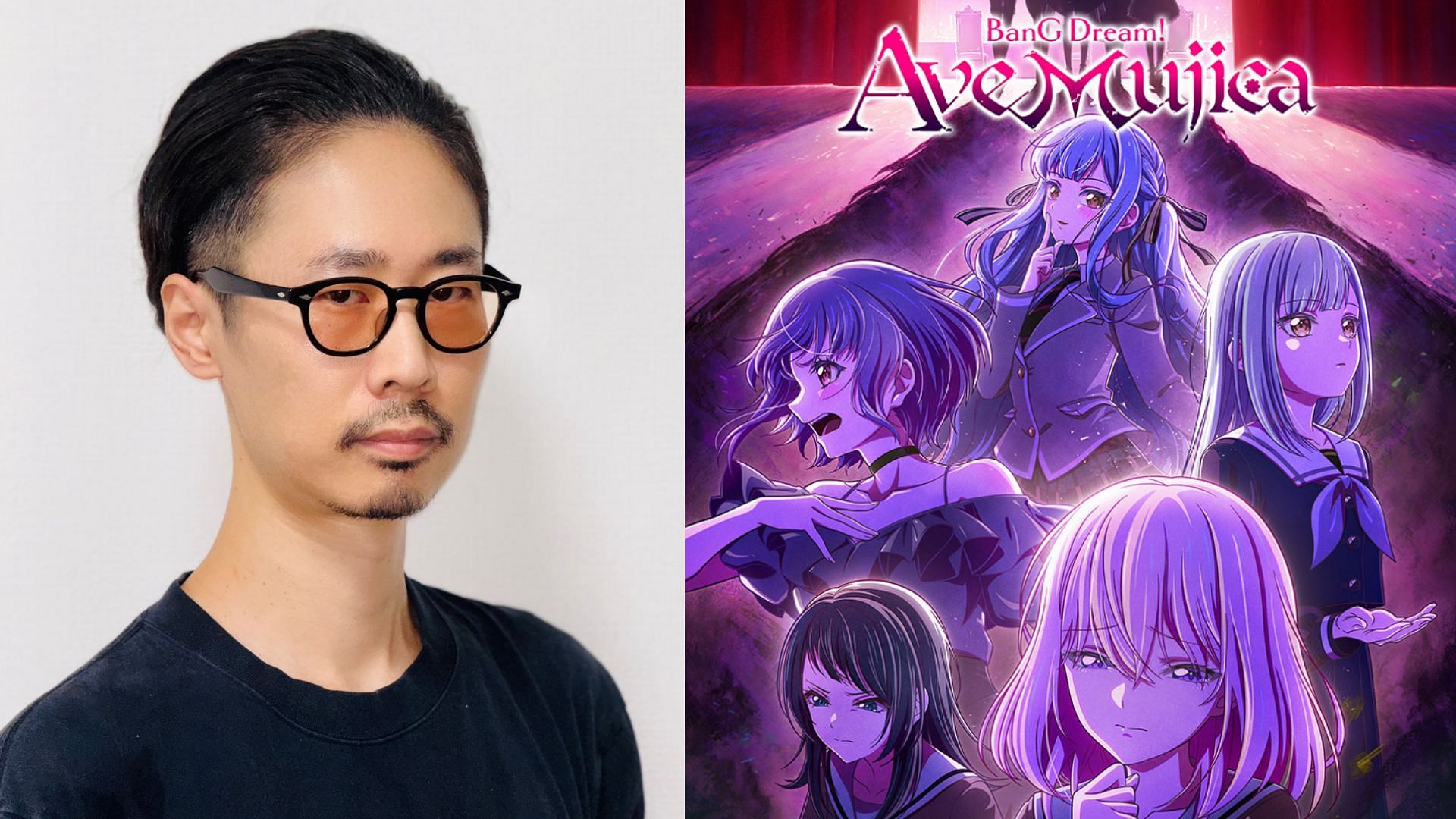
"The best of both hand-drawn and CG animation" Ave Mujica - The Die is Cast - CG directors open up about their work (Exclusive)
The BanG Dream! franchise has long been recognized for its impressive animation and storytelling, but Ave Mujica - The Die is Cast - has quickly made waves as one of Winter 2025's most captivating anime. Known for its high-budget 3D animation and CGI, the franchise continues its tradition with this sequel to BanG Dream! It's MyGO!!!!!, brought to life through Studio SANZIGEN's cutting-edge CGI technology.
As the season neared its conclusion, Sportskeeda Anime had the chance to speak with the anime's CGI and Storyboard Supervisor, Naoya Okugawa, and Storyboard and Episode Director, Hiroshi Morita, about the production process, creative and technological aspects, animation techniques, storytelling choices and behind-the-scenes moments that shaped the series.
From production insights to personal reflections—Ave Mujica - The Die is Cast - directors discuss SANZIGEN's unique animation approach, exclusive materials, and more
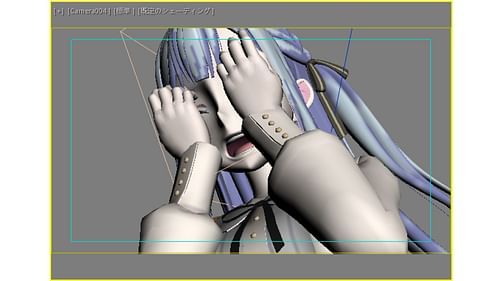
With Ave Mujica - The Die is Cast - gaining massive popularity both locally and globally, its animation has especially garnered widespread praise from the community. On this topic, Okugawa-san began by walking us through the intricate animation process behind the series.
"Director Kakimoto and the scriptwriting team are in charge of the overall composition and scenario, so I will mainly answer regarding aspects related to CGI animation (the visual components)."
He continued:
"Broadly speaking, the workflow follows the order below. It is not significantly different from the general workflow of Japanese CG animation."
The CGI and Storyboard Supervisor provided us with exclusive behind-the-scenes assets, offering a detailed look at the step-by-step process of rendering a CG panel from its initial stages to completion.
As explained by them, the animation process began with the Pre-production stage, which involved setting designs, modeling, rigging, and storyboarding. As shown in Image 1, rough 3D data was gathered during this phase to assist with storyboarding and laying the groundwork for the subsequent production steps.
Next came the Layout stage, where, as seen in Image 2, staff members visited real-life locations to capture reference photos for specific cuts. These photos were then processed and adapted to create the background.
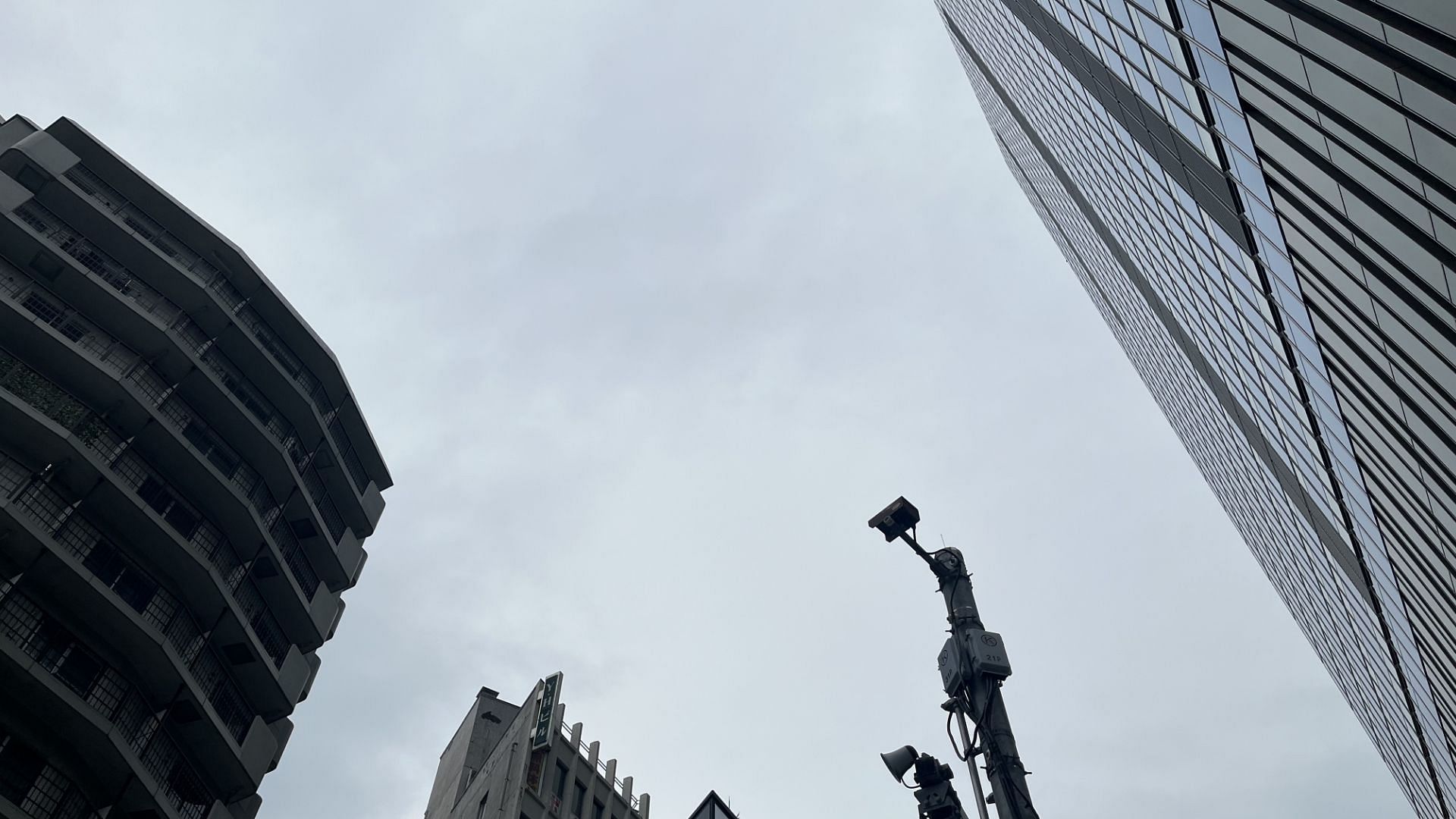
They developed a rough composition based on the storyboard, character poses, and facial expressions, as shown in Image 3. The visual composition of the background was determined, and background artists were given direction.
The Ave Mujica - The Die is Cast - production process then moved to the Primary animation phase, which involves creating animation through character posing. Most key visual elements, including camera work, were incorporated at this stage. As shown in Image 4, effects like rain flowing over characters’ surfaces, which is affected by their movement, were also added here.
Following this, the Secondary animation phase refined the animation by adjusting scene-specific colors and adding movement to dynamic elements like hair and ribbons. Fine-tuning was also made, given they did not alter the poses, as seen in Image 5.
Next, the Tertiary animation and Proofchecking stage involved final retouching, error correction, quality refinements, and finalization, as shown in Image 6.

The last steps in the Ave Mujica - The Die is Cast - rendering process included Photography and Editing, where post-processing effects such as falling rain and lens flares were added to enhance the final visuals. Image 7 shows the completed scene with Sakiko, as it appeared in the episode.
Okugawa-san added:
"For backgrounds other than CG backgrounds, we commission a company specializing in background artwork after the layout stage is complete."
He also shared a distinct aspect of the Ave Mujica - The Die is Cast - production process.
"One unique aspect of the production is that It's MyGO!!!!! and Ave Mujica are sequels in the BanG Dream! anime series. Because of this, at the start of production, we had an accumulated foundation of settings, tools (such as 3ds Max), and know-how from past works, as well as a library of various CG assets, which we were able to build upon."
When discussing the returning characters from It's MyGO!!!!!, Okugawa-san said:
"Of course, we aimed to achieve the highest possible visual quality within the technical and budgetary constraints. However, when it comes to intricate visual expression, traditional hand-drawn animation still excels in this area, and I believe it is difficult for CG animation to compete with it head-on."
He continued,
"On the other hand, CG animation has strengths in visual consistency and nuanced emotional expression, areas where it can hold its own. Since Ave Mujica - The Die is Cast - places great importance on drama and character portrayal, we believed we could leverage and further develop these strengths to create a compelling experience."
Okugawa-san further added,
"By understanding the strengths of CG animation and accepting its limitations, we were able to ensure that the visuals effectively conveyed what Director Kakimoto and the script intended, without becoming a hindrance to the storytelling."
"As a result, I believe the series was able to resonate even with viewers who were not previously familiar with CG animation."
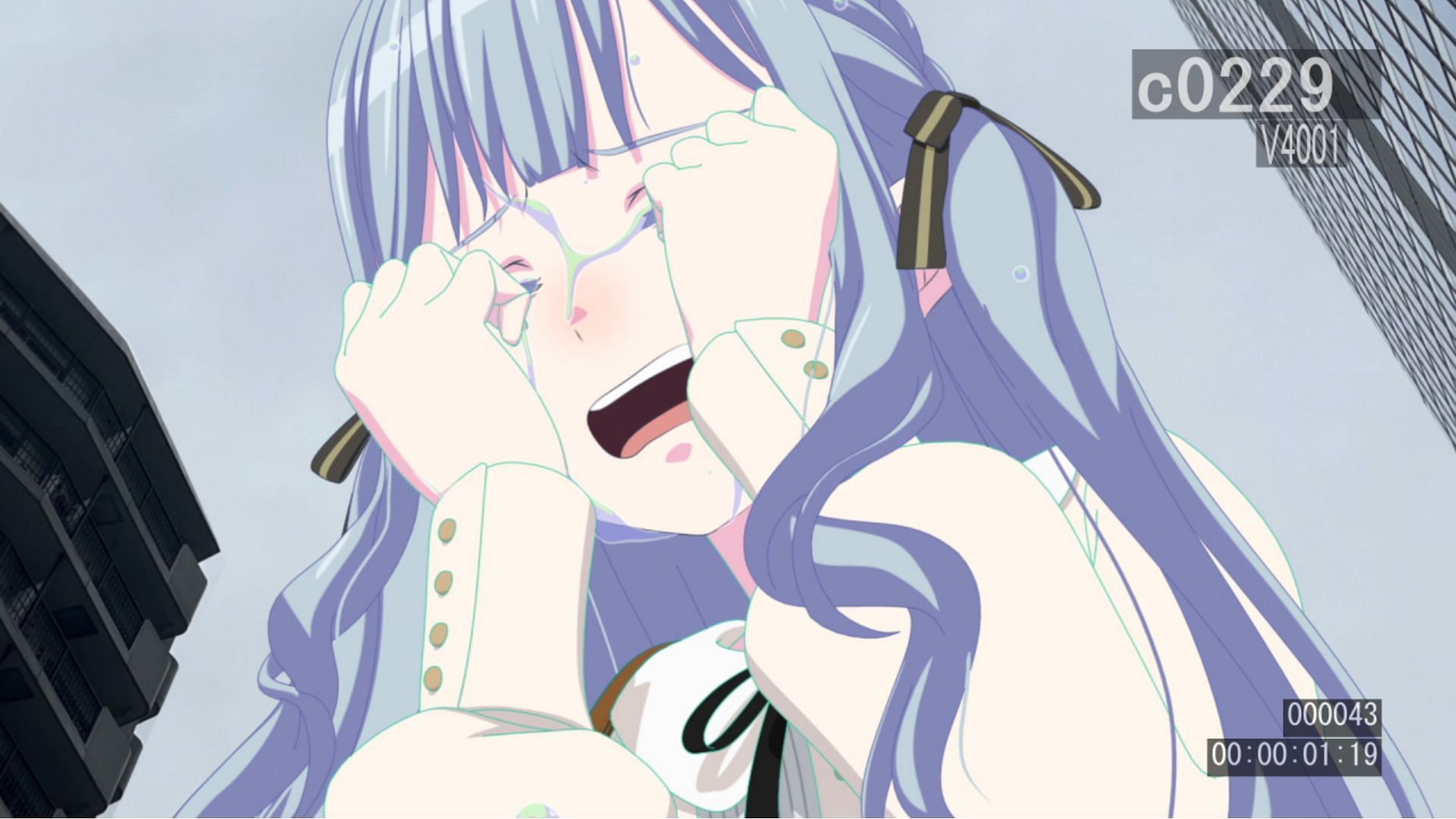
In response to the same question, here's Morita-san's take on the matter:
"We have taken traditional hand-drawn Japanese animation as our model and have worked to eliminate the "CG-like" feel as much as possible. At the same time, by leveraging the advantages of CG—such as flexibility with costume design and dynamic camera work—we believe we have achieved the best of both hand-drawn and CG animation."
When asked if SANZIGEN employs any special techniques or unique methods besides CG to achieve the seamless animation in Ave Mujica - The Die is Cast -, Okugawa-san revealed:
"We did not use any special technology compared to typical CG animation. However, compared to previous BanG Dream! series, we placed particular emphasis on lighting as a means of artistic expression. Even so, we relied on existing know-how and familiar techniques to achieve this.
"For animation techniques beyond CG, we have an in-house department dedicated to retouching and blending hand-drawn elements. By maintaining close coordination between teams, we ensured the final quality of the visuals.
"Additionally, post-processing effects played a significant role in enhancing the overall visual appeal, adding both polish and vibrancy to the final presentation."
On that subject, Morita-san added:
"The live performance scenes are created based on motion capture. However, simply applying motion capture data to 3D models does not result in high-quality animation. To achieve the sharp, expressive movements similar to that of hand-drawn animation, manual refinement is needed."
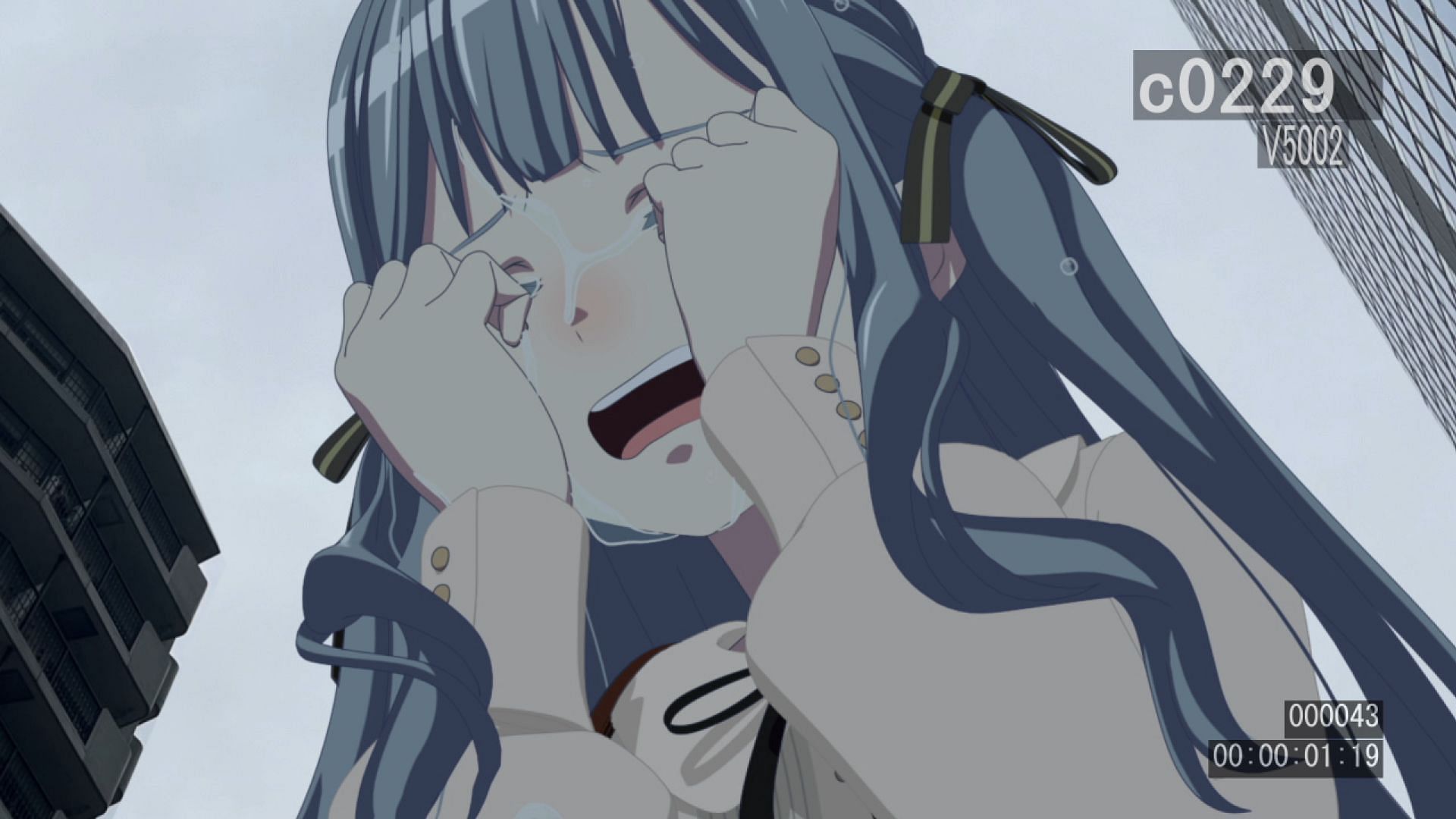
This led to a discussion on how CG animation can be combined with traditional animation techniques to enhance visual impact. Okugawa-san elaborated on SANZIGEN's approach to this integration and how it is effectively achieved.
They also shared their thoughts on anime's shift away from hand-drawn animation, as the industry increasingly incorporates more CG and other digital elements into the creative process.
"One of Sanzigen's core goals is to create a hybrid of CG and hand-drawn animation—bringing CG closer to traditional animation while also adapting hand-drawn elements to CG. This pursuit sets us apart from other studios.
"Our ultimate objective is not for CG to completely replace hand-drawn animation. Since each technique has its own strengths and weaknesses, we believe the ideal approach is for both to complement each other, co-existing and synergizing together."
Morita-san further added:
"Some of Sanzigen's storyboard artists use CG in their process, effectively placing themselves within a virtual 3D space to position the camera and determine compositions. This approach helps achieve a more cinematic sense of realism and immersion.
"In the animation process, I believe whether something is hand-drawn or CG is a minor issue. These are merely tools for storytelling, and the emotional impact on the audience remains the same.
"It is likely that hybrid techniques, combining the strengths of both, will become the standard moving forward. In fact, we have already incorporated hand-drawn touch-ups into our workflow to enhance the final visuals."
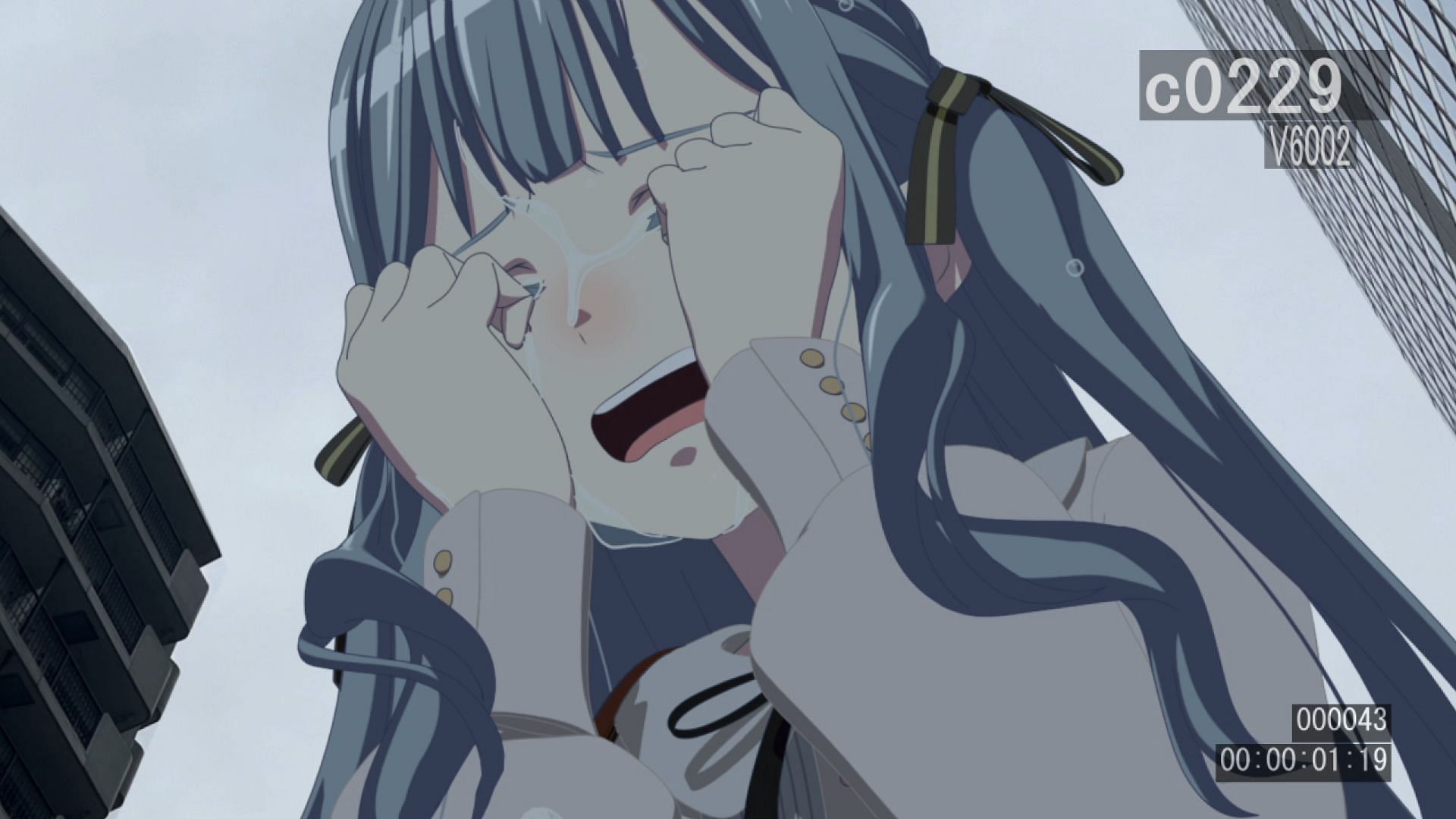
We also delved into the challenges of conveying character emotions and handling complex scenes through CG animation in Ave Mujica - The Die is Cast -. Okugawa-san revealed:
"Expressing a character's emotions purely through CG can sometimes be challenging. In Ave Mujica - The Die is Cast -, we often relied on hand-drawn animation and retouching to support particularly important close-up shots.
"While portraying complex staging in live performance scenes with CG is by no means easy, I believe it is still less difficult than achieving the same level of complexity in hand-drawn animation."
Okugawa-san went on to discuss which scenes proved to be the most challenging to create.
"The most challenging scenes to create were the theatrical acting scenes. Structuring the acting performance and visual presentation was a difficult task, and animators put immense effort into crafting the actual movements to bring those performances to life."
On that matter, Morita-san remarked:
"In scenes where characters' emotions run high, the controllers built into the CG models alone may not be enough to fully express the intensity of the moment. In such cases, we rely on deforming the 3D models or adding hand-drawn enhancements.
"Since this process depends heavily on the animators' skills, the director's guidance plays a crucial role in achieving the desired expression. On the other hand, depicting complex live performance staging is an area where CG truly excels."

When asked about the easiest and toughest aspects of using CGI in creating Ave Mujica - The Die is Cast -, Okugawa-san shared:
"The easiest aspect of CG animation is addition—incorporating more elements and details.
"The most challenging aspect, however, is subtraction—knowing when to remove or ignore certain elements as needed to refine the expression. Striking that balance is key to achieving the best possible visual storytelling."
According to Morita-san, the most and least challenging aspects of CG animation in Ave Mujica - The Die is Cast - were:
"I find that maintaining a consistent perspective is one of the more difficult challenges in CG animation. On the other hand, a key advantage of CG is that it guarantees a certain level of visual quality, meaning issues like animation inconsistency (so-called "bad animation") do not occur."
According to him, a specific element and action prove challenging to portray in CG animation, something fans often find particularly captivating in Japanese animation.
"Portraying eating scenes is particularly challenging. Representing food in 3D CG is difficult, and it's hard to make it look appetizing.
"Additionally, since we need to create bite marks or cut sections each time, it's not only challenging to make it look convincing but also costly, so we tend to avoid it when possible."
Okugawa-san shared insights into the roles and responsibilities of CGI animators and directors for Ave Mujica - The Die is Cast -, along with their experiences in these positions:
"CGI animators have a lot to handle, but their role is primarily focused on completing assigned tasks. In contrast, CGI directors share the same responsibility of completing tasks but are also required to negotiate and delegate work to others.
"As for episode directors at Sanzigen, they often double as CGI directors, but their responsibilities expand to giving instructions on directing how contents should be executed."
He also shared his personal perspective on the topic.
"Personally, having gone through the creative process at Sanzigen, I view it as a progression of roles. However, I also think it's possible for someone without animator experience to become an episode director."
When asked the same, Morita-san shared his personal experience on the matter:
"When I was an animator, I was focused on ensuring the cuts I was responsible for were as good as they could be. I put a lot of effort into giving the characters detailed performances and making them look expressive.
"However, now as a director, I realize that this approach wasn't always the best. In filmmaking, the balance between "stillness" and "movement" is key, and it's the director's job to maintain that balance.
"To be a director, one doesn't necessarily have to be an exceptional animator. Instead, the ability to foresee and manage the overall balance is crucial."

Morita-san also discussed how his experiences have expanded his perspective on the roles, and how SANZIGEN integrates them into a cohesive workflow.
"In the past, when we brought in freelance episode directors who were primarily focused on hand-drawn animation, we had to rely on CGI directors to help bridge the understanding of 3D animation. Now, as we have in-house episode directors, the roles have become more aligned."
Shifting focus from animation and production, we asked for their thoughts on Ave Mujica - The Die is Cast - as a music genre anime, what distinguishes it from others in the genre, and how it achieves that uniqueness.
In Okugaka-san's opinion,
"In many music anime, there's a large-scale drama that unfolds, and by the end, the problems are resolved and the characters' hearts align through music, heading in the same direction.
"On the other hand, in Ave Mujica - The Die is Cast -, the characters, while connected by the common thread of being in a music band, each carry their own individual circumstances, thoughts, and struggles. They step onto the stage for live performances while still grappling with their issues.
While music can bring people's complex emotions closer, it never truly unites them. The majority of their problems remain unresolved, and they continue to live with their unresolved struggles. This raw realism is something we wanted to express."
He elaborated on how this realistic approach distinguishes Ave Mujica - The Die is Cast - with its real-world-inspired storytelling, making it all the more relatable to its audience.
This approach gives the characters depth and authenticity, creating a sense of empathy and familiarity in the viewers, as well as an enjoyable sense of anticipation for the unfolding story."
He also added:
"Another unique feature is that the characters' motivations are made clear to the audience. Viewers can easily imagine how the characters think and act, yet the drama that unfolds remains unpredictable.
"When looking back at these actions later, viewers can understand and accept the motives behind them, much like solving a mystery. This structure greatly appeals to the viewers and keeps them intrigued.
"Additionally, the fact that the voice actors perform live as the characters and are seen playing in real-life live performances is a unique point that sets this work apart from other content."
Morita-dan's take on that topic centered more on the psychological depth of the series.
"I don't think you'll find many stories with as much psychological thriller elements as in this one, haha.
"This is true for the BanG Dream! project as a whole, but one of the main attractions is that the anime doesn't shy away from depicting the performance scenes. It portrays them in a realistic manner, which I think is a big part of the appeal."

We also asked them to share their personal favorite moments from Ave Mujica - The Die is Cast - that they’d like to share with fans, and what makes those moments special to them. Okugawa-san shared:
"The scene in Ave Mujica #1 where Sakiko, after parting ways with CRYCHIC, walks to the station in the rain while crying is an important moment. It reveals the hidden side of the CRYCHIC story that had been kept under wraps for so long. Naturally, since I created the storyboard for that scene, I have a personal attachment to it. However, the quality of the work done by the animators is also exceptional. The scene turned out to be dark, sorrowful, yet beautiful."
He continued:
"Additionally, the voice acting is incredibly powerful, and watching the completed scene left me with a tight feeling in my chest. (Director Kakimoto even mentioned that it brought tears to his eyes.)"
Meanwhile, Morita-san shared:
"In the final part of #4, the scene where Nyamu tells Mortis, "You shouldn’t be here," is significant. This line comes from Nyamu’s recognition and respect for Mortis’ talent. I believe we were able to convey this emotion effectively through her expression, capturing the depth of her feelings in that moment."
We wrapped up the discussion with them sharing intriguing behind-the-scenes details and facts about Ave Mujica - The Die is Cast - that they thought fans would enjoy.
Okugawa-san revealed the following facts about Ave Mujica - The Die is Cast -:
- Each character has an internal list of names inclusive of the many nicknames and the way they are referred to by other characters which shifts as their relationships evolve.
- The scene in #6 where Mortis chases Raana was created for Ave Mujica initially, but the background was later adopted in the theatrical compilation film, which was released earlier. The visual designs of the Disruption members are also based on the ones created for Ave Mujica.
- For cuts featuring real-life locations as backgrounds, a few staff members would travel to the site with cameras after deciding on the location. They would take photos to recreate the storyboard, then send them to the episode director for review and retakes. (Note: Sometimes the director is located in a studio outside of Tokyo. For example: Chitose Bridge, where Tomori and Sakiko met.)
- The president issued a comment to raise the quality of the background characters used in-house, so we’ve been adding details like clothing and bones, and making them cuter within the cost constraints.
- The state of Mutsumi's room after Mortis’ appearance: Originally, the plan was for the room to have just a few scattered objects, but after Mortis’ appearance, we made an artistic decision to emphasize the chaos. The torn curtains and the dresser being knocked over were not part of the original plan, but we chose to focus on the visual impact.
Morita-san also revealed an intriguing detail about a scene featuring Mortis in Ave Mujica - The Die is Cast - episode 4, which serves as an homage to director Stanley Kubrick.
"The scene where Mortis approaches from the other side of the door in #4 is a homage to director Stanley Kubrick. During production, staff members frequently commented, "This is scary..." which made us feel confident that we were achieving the intended effect."
Final thoughts
With Ave Mujica - The Die is Cast - having now concluded its 13-episode sequel season, the series has captivated anime enthusiasts with its unique approach to the music genre, seamlessly blending psychological depth with music and melodrama.
The announcement of a third sequel season has only heightened excitement among fans, who eagerly anticipate another thrilling season after Ave Mujica - The Die is Cast -. As the bands’ journeys continue, expectations are high for yet another spectacular season, especially with SANZIGEN’s innovative and exceptional animation style continuing the story in its signature fashion.
Also read:
- Ave Mujica - The Die is Cast - Episode 12 review: A tense yet moving prelude to the finale
- Solo Leveling season 2 episode 13 (finale): Jeju Island Arc concludes with Jinwoo acquiring Beru as new characters are introduced
- Solo Leveling Ragnarok chapter 47 release date and time, where to watch, and more